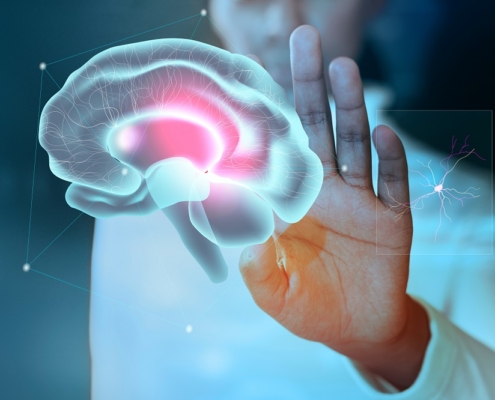WHAT IS OZONE?
It is a molecule with three atoms (O3) and is the chemical cousin of oxygen (O2). It is a colorless gas with a unique odor.
WHAT IS OZONE THERAPY?
It is the treatment of some diseases using medical ozone gas.
HOW IS MEDICAL OZONE OBTAINED?
It is obtained by subjecting pure medical oxygen to high electrical voltage in devices called medical ozone generators.
WHEN OZONE IS DISSOLVED;
From the moment it is applied to the body or any environment, it is no longer in gaseous form, that is, there is no longer OZONE GAS in the body.
WHY OZONE AND NOT OXYGEN?
Because the solubility of ozone in biological fluids is approximately 10 times higher than oxygen. Therefore, the risk of embolism is less than oxygen.
ANTIMICROBIAL-DISINFECTANT EFFECT
It has an antimicrobial-disinfectant effect on microorganisms and an antitumoral effect on tumor cells.
It is a disinfectant 3125 times stronger than chlorine. This effect is due to its strong oxidizing properties.
It can also oxidize and neutralize toxic components such as phenols, pesticides, chemical wastes and detergents (detox effect).
It can oxidize all metals except gold and platinum in seconds, that is, it is effective in removing chronic heavy metal toxicity.
It breaks down arterial plaque by oxidizing it; thus, it eliminates atheroma plaques in large and small vessels and provides better tissue oxygenation.
It is the third strongest oxidant agent known and with this effect, it provides neutralization of toxins.
When applied locally in high concentrations, it has a lethal effect on bacteria, viruses and fungi.
It increases oxygen release to the tissues by shifting the oxygen saturation curve to the right. This effect lasts for at least 6 months.
O3 causes an increase in platelet functions depending on the dose (THROMBOCITY ACTIVATION). Activated platelets release the growth factors they contain, thus contributing positively to recovery in patients with ischemia and ulcers.
It increases blood fluidity by reducing fibrinogen.
It has a decrease in cholesterol levels as a result of direct interaction with blood lipids through β-oxidation of fatty acids, and regional lipolysis effects with injection methods.
It significantly reduces the chronic oxidative load formed in diabetes; It reduces microcirculatory disorders, frequency of complications and the amount of drug consumption. Therefore, ozone therapy should definitely be added to the treatment scheme of diabetes complications.
With ozone therapy, as a result of local analgesia (elimination of pain), muscle relaxation and vascular dilation (vasodilation), muscle metabolism is reactivated, ATP (energy) synthesis increases and edema decreases. It provides pain reduction by suppressing cartilage destruction enzymes.
 https://drturanpoyraz.com/en/wp-content/uploads/2023/07/kafatravmasi.jpg
666
1000
drturan_pyrzawp
https://localveri.net/drturanpoyraz/wp-content/uploads/2024/07/logo2.png
drturan_pyrzawp2023-07-18 17:33:472024-08-01 16:32:02HEAD TRAUMA AND BRAIN INJURY
https://drturanpoyraz.com/en/wp-content/uploads/2023/07/kafatravmasi.jpg
666
1000
drturan_pyrzawp
https://localveri.net/drturanpoyraz/wp-content/uploads/2024/07/logo2.png
drturan_pyrzawp2023-07-18 17:33:472024-08-01 16:32:02HEAD TRAUMA AND BRAIN INJURY






